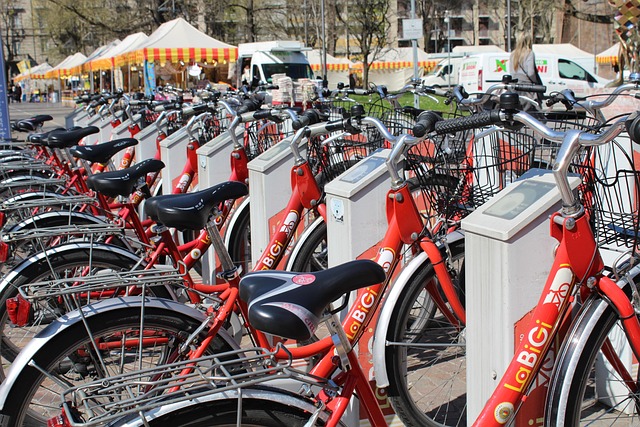Advancing Rural Development through Integrated Transport Sustainability
In many rural communities, access to reliable and efficient transportation remains a significant challenge. The concept of rural transport service integration offers a transformative solution that bridges connectivity gaps while promoting sustainable development. By aligning various transport modes and services, rural areas can not only enhance mobility but also stimulate economic growth, social inclusion, and environmental health.
The Importance of Transport Sustainability in Rural Areas
Transport sustainability involves developing systems that meet present mobility needs without compromising the ability of future generations to meet theirs. In rural regions, sustainable transport reduces dependence on personal vehicles, which often face hurdles like poor road conditions and long distances. It also lowers carbon emissions, preserves natural landscapes, and supports local ecosystems.
Implementing sustainable transport solutions means embracing options such as community shuttle services, bike-sharing programs, and improved pedestrian pathways, all integrated into a cohesive system. This integration ensures that residents can access essential services—like healthcare, education, and markets—reliably and affordably.
Rural Development Driven by Integrated Transport
The integration of transport services in rural settings is a catalyst for development. When different modes of transport work seamlessly together, it enhances accessibility and reduces travel times, opening up new economic opportunities. Farmers can more efficiently transport their goods to marketplaces; students gain easier access to schools; and healthcare professionals can reach remote areas more effectively.
Moreover, A well-integrated transport network encourages tourism by making rural destinations more reachable, which leads to job creation and community investment. These benefits contribute significantly to reducing urban migration, keeping rural populations vibrant and stable.
Creating Synergies Through Service Integration
Rural transport service integration is not simply about connecting different vehicles or routes; it’s about fostering collaboration among local governments, transport providers, and community members. Technology plays a crucial role here—digital platforms can coordinate schedules, ticketing, and real-time updates, making transport both user-friendly and efficient.
Adopting integrated transport approaches requires commitment and vision. Yet, the result is a resilient system that supports the social fabric and economic vitality of rural communities, ensuring they thrive sustainably.




